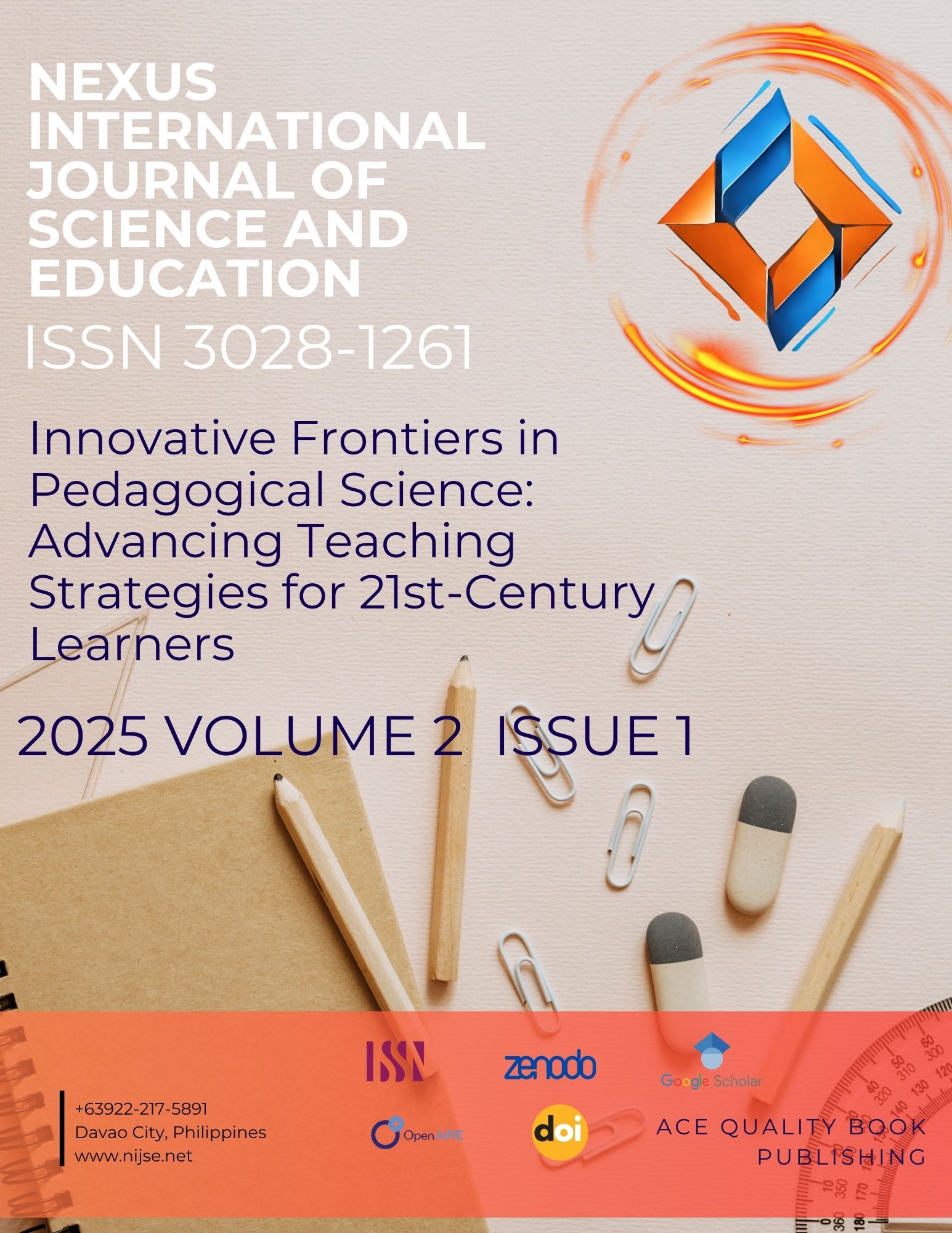Students' ICT Use Preference and Comprehension Strategies in Technology and Livelihood Education: A Mixed Method Design
DOI:
https://doi.org/10.5281/zqpwyh90Keywords:
Teaching Home Economics, students’ ICT use preference, comprehension strategies in TLE, explanatory sequential approachAbstract
This study explored the significant relationship between students’ ICT use preference and comprehension strategies in Technology and Livelihood Education. In this study, the researcher selected 150 senior high school students in Cluster 1 Public Secondary Schools in Davao City as the study's respondents in the quantitative phase. In comparison, 10 students were selected for IDI and FGD in the qualitative phase. A mixed-method research design using an explanatory sequential approach was employed. The data collected were subjected to the following statistical tools: Mean and Pearson-r Correlation Analysis. Findings revealed that students’ ICT use preference and comprehension strategies in Technology and Livelihood Education in Cluster 1 Public Secondary Schools in Davao City were rated as moderately extensive. Correlation analysis proved a significant relationship between students’ ICT use preference and comprehension strategies in Technology and Livelihood Education. The thematic analysis confirmed the moderately extensive ratings on students’ ICT use preference and comprehension strategies in Technology and Livelihood Education. Thematic analysis showed that the reasons, enhanced understanding, balanced approach, and adaptation to varying topics confirmed the significant relationship between students’ ICT use preference and comprehension strategies in Technology and Livelihood Education.
Downloads
Published
Issue
Section
License
Copyright (c) 2025 Nexus International Journal of Science and Education

This work is licensed under a Creative Commons Attribution-NonCommercial-NoDerivatives 4.0 International License.


